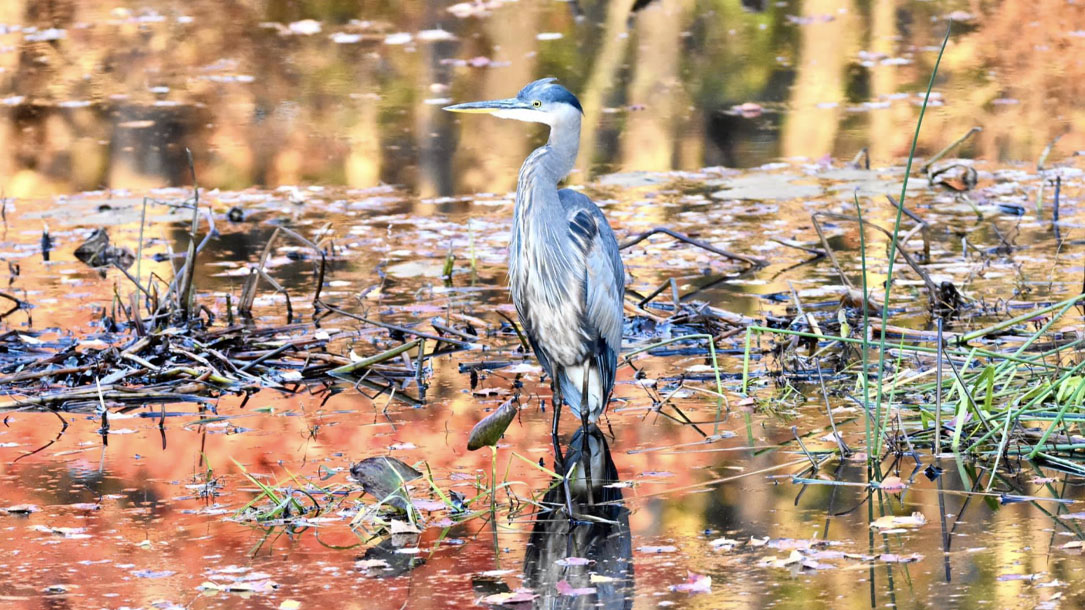
Reflections from Judy, April 2021
I’m feeling like there’s finally some momentum growing to address climate change.
The current administration, as well as numerous states, are integrating climate into a wide variety of strategic planning. Whether transportation, economic development, or land and water, there appears to be a strong and sincere effort to not only ramp up addressing climate change (and the transition to renewables), but in doing so to provide economic and policy support needed to allow communities to adapt to climate change.
And land conservation, land, and water management are increasingly going to be part of the solution.
That’s why we need to gear up and get ready to seize opportunities when they present themselves.
It means thinking in new and integrated ways. For conservation to be part of the fabric of our communities, and to be seen as a viable part of the solution to climate change and community challenges, we can’t think in silos. We must step back, and scale-up.
I say this knowing that everyone is already busy.
Part of expanding our reach and impact comes from not having to reinvent the wheel every time. That’s why I share examples like those below. You can find more on my website. Through policy, communications, innovative responses, funding, land and community restoration, and farmland viability, land trusts and conservation groups are leading the way—and taking action to show that the time to prioritize climate change is now.
Best,

Judy Anderson
Community Consultants

Reflections from Judy, March 2021
There’s some very encouraging climate change action these days. More and more, I’m seeing an integrated approach to how climate change can, and needs to be, addressed.
The same goes for the urgency.
The 30 x 30 initiative is (not surprisingly) strongly supported by land trusts and conservation organizations. Protecting land is what they/we do. The timing is important as there is increasing evidence that many of the lands and waters we are collectively working to conserve are near, or already at, a tipping point.
This will mean different land management practices that prioritize slowing down climate change as well as bolstering climate resilience. It will also mean conservation-oriented folks supporting community resilience and engagement, reducing the need for energy (energy conservation), and identifying how renewable energy is compatible with land and water. It’s not one or the other; it’s going to take an integrated approach that will entail conservation organizations stretching their perspectives to help pick up the pace and expand their partnerships.
Yet that won’t happen without you. Conservation organizations need to feel supported as they venture into new partnerships, try out new ideas, and tackle new approaches for both slowing down climate change and adapting to changing circumstances. Let them (or organizations you belong to) know you care and that you support an integrated approach. Help to lead.
When you share the challenges and solutions around climate change in a manner that connects with people’s shared values and with their communities you too are part of that change. That’s part of why I include the variety of articles below. Feel free to share them with people and organizations you know. Help them connect the dots. Frame the ideas as part of a solution-based approach.
As people who care, we need to continue to face the reality of climate change—and encourage solutions that will authentically reduce the use of fossil fuels and build healthy, and vibrant, communities.
Best,


Reflections from Judy, January 2021
As you may have noticed, I “hit pause” on the climate eNewsletter, as I thought we all had enough on our plates given the holidays and transition to the new year.
I’ve also spent some time thinking about where we can find joy and resilience to move forward, to inspire others, and find our own inner peace.
I’ve been wondering about how to find shared values around kindness, compassion, and empathy—and how we can value those as much as we do the conservation of land and water; how they are linked and intertwined with conservation, yet overlooked and undervalued.
Vladimir Mayakovsky, a Russian poet and playwright, once said, “Our planet is poorly equipped for delight. One much snatch gladness from the days that are.”
He is, of course, right—at least part of the time. But what if we saw ourselves less as “snatchers,” and instead as givers of “delight”—creators of community and place, where there is no need to “snatch,” because there is no shortage of hope, joy, and delight?
What if we saw ourselves as solution-makers, happiness-creators, empowerment-facilitators, and fearless carriers of the truth?
What if the truth was seen as something to embrace rather than fight, because, in part, we met people where they are and listened deeply to their needs, dreams, and concerns?
I think that’s what the future of conservation looks like. We are in the business of hope.
Our hope is truth-based, solution-based, responsive, inclusive, and creative. You can feel it, smell it, and embrace it. It’s real.
The articles below echo that sentiment. I look forward to sharing the challenges and solutions around climate change, conservation, and community with you in the year ahead. It’s going to take all of us, and together we are going to have to weather the chaos and fear that comes along with it.
Best,

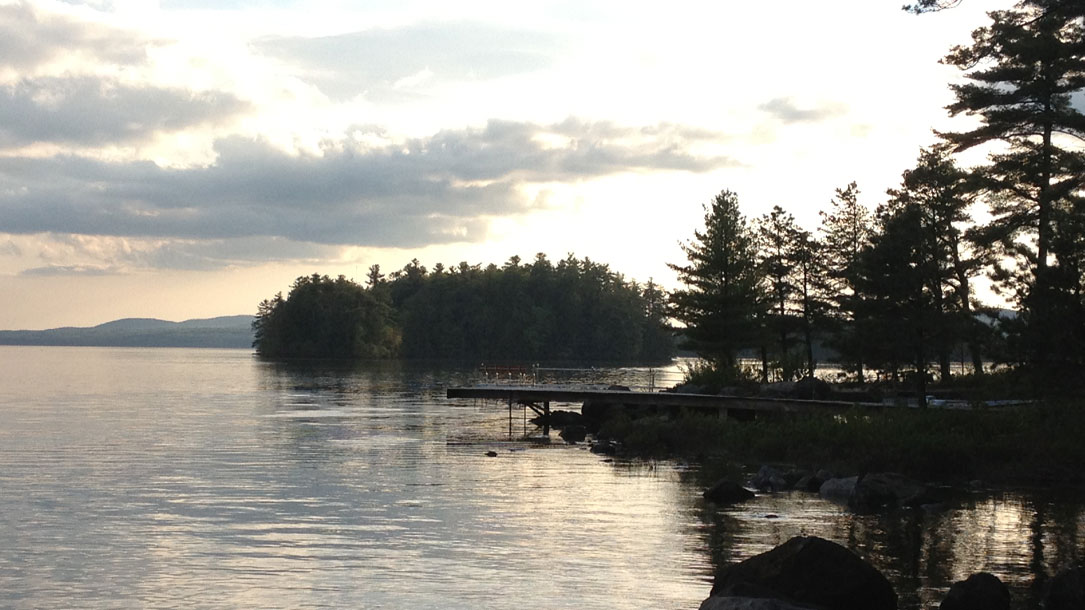
Reflections from Judy, December 2020
As we head towards the New Year there’s some good news about climate change.
Okay—so maybe not a lot, but let’s take what we can get. I have purposely provided a mix of articles that aren’t all dreary because we need to find some hope, especially this time of year.
Increasingly people are realizing that we need creative, timely, and integrated solutions to the climate crisis. Natural climate solutions are part of that—and are getting more attention all the time.
So, too, is the realization that we must decarbonize our energy system as soon as possible—and help farmers, communities, and community organizations make that shift. Not only will it be cost-effective, but it will play a critical role in the health and vitality of our families and communities in the coming 20-30 years.
As noted in this recent article, “a growing body of economics research documents the tremendous cost savings associated with implementing climate solutions. But it’s critical to recognize that many climate impacts simply cannot be quantified in economic terms: It’s impossible, for instance, to place a dollar value on human suffering as a result of homes lost to floods or fires, or climate-caused famine, or the value lost in species extinctions and declining biodiversity.”
Thinking outside the box, helping others to see how climate change is here, now—and how we have the solutions to address it, now—is critical to encouraging action. We need to keep working together to move climate change from being seen as a political issue to being understood as a moral, ethical, and quality of life issue.
The shift is underway. More and more Americans are looking for solutions that connect with their core beliefs. Thank you for being part of the change.
Best,


Reflections for land trusts, October 2020
I’ve been thinking about climate change, even more than usual, given what the election will mean for future climate policies on a local and national level.
Land trusts are also paying attention to the ballot box.
I’ve noticed that land trusts are posting messages on their Facebook pages for people to cast their votes with water, redwoods, and conservation in mind. So far, I haven’t seen any that are directly suggesting that those who care about land, water, and their communities might consider how climate change will factor into their voting choices. (If you know of some land trusts who are communicating this, I’d appreciate if you could email me about them.)
But, momentum is growing. Land trusts are increasingly taking action to slow down climate change. Many are focusing on natural climate solutions to reduce carbon dioxide, methane, and nitrous oxide using strategic soil, wetland, land, and water management.
Others are also recognizing we need to do even more—going beyond the critical nature of natural climate solutions—if we are going to save the lands and waters we love.
These land trusts are helping their communities and state policymakers understand how renewables can (and should) be compatible with land and water—and what’s at stake if we don’t make this transition in the next 10–15 years. It’s not much different than asking people to consider invasive species or the importance of an open space bond act—if you connect the dots to the impacts on land and water conservation.
This push for energy conservation and energy use is a logical extension of our land conservation efforts, given that climate change is the greatest threat to conservation we have ever faced. Partnerships with other organizations can help land trusts be part of the larger solution and help their constituencies recognize the benefits. It is also likely to attract new people who care about climate change to land trusts.
A recent article notes, “as Election Day nears, a majority of registered voters in the United States say climate change will be a very (42%) or somewhat (26%) important issue in making their decision about whom to vote for in the presidential election, according to a Pew Research Center survey conducted July 27–August 2.” Other studies have shown it to be even higher, as since the time covered in the PEW poll we have had even more extreme weather (fires, floods, extreme winds), and community concern has increased.
The examples below convey a variety of land trusts working to slow down climate change. I hope you find it as encouraging as I do.
Best,

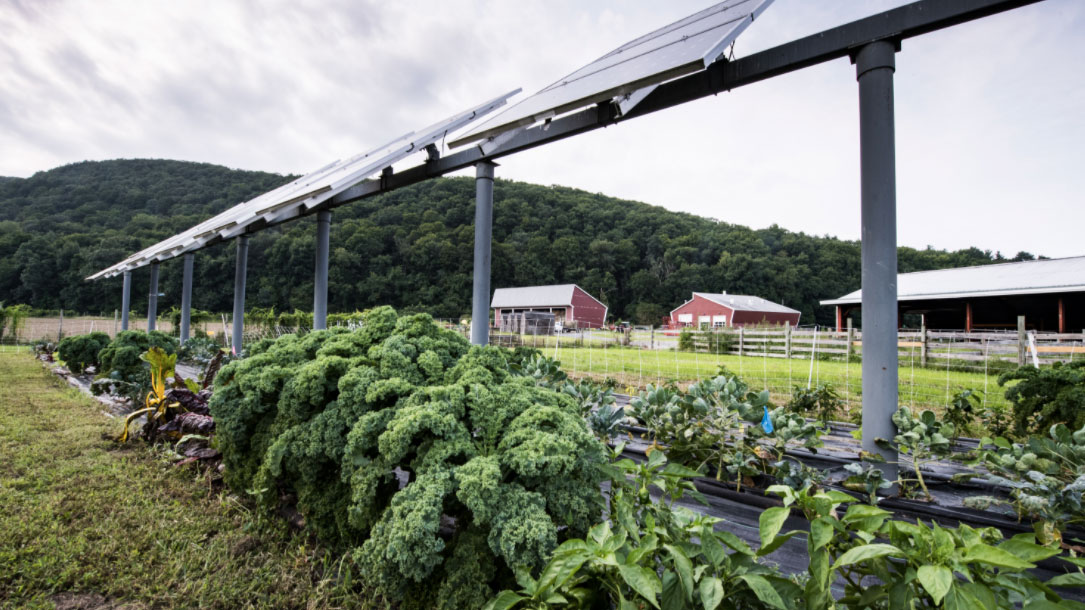
Reflections from Judy, October 2020
There’s a lot of learning to be had of late.
This week, the national Land Trust Alliance kicks off their remote conference—the most attended conference in their history. The workshops are going to cover a wide array of topics including climate change, communication strategies, and community conservation.
If you’re curious about the schedule, you can view it here.
I also wanted to share American Farmland Trust’s webinar series focused on “smart solar siting” and agriculture. While focused on New England, there are many transferable concepts that you and your land trust might appreciate.
The webinars reflect a wide array of perspectives and partnerships—ranging from Vermont Law School and the Acadia Center to The Nature Conservancy, solar developers, and Maine Audubon.
They note: “Smart solar siting removes unnecessary barriers to solar projects that are in the public interest while providing oversight for projects that will have community or natural resource impacts. It is built upon data-driven analyses that consider the inherent trade-offs associated with ground-mounted solar and the differing values of stakeholders in order to reduce conflict and achieve greater public support of renewable energy siting.”
Certainly, our collective effort to slow down climate change has never been more important.
If we are going to conserve lands and waters for generations to come, we will need to partner at the local, regional, and state-wide levels to encourage policies that bolster natural climate solutions and accelerate transitioning off fossil fuels to renewables.
It’s time for conservation groups to join partnerships around energy conservation as well. Not only will policies that assist in weatherization and energy transition help slow climate change, but they will also help reduce the amount of land needed to provide that energy, while creating more resilient and robust communities and landscapes.
Let’s remember all those who are grappling with the tremendous losses associated with the fires, floods, droughts, and storms. It’s been a challenging time, and we will need each other as we head into 2021. Climate change is ramping up extreme weather. It’s up to us to slow it down.
Best,

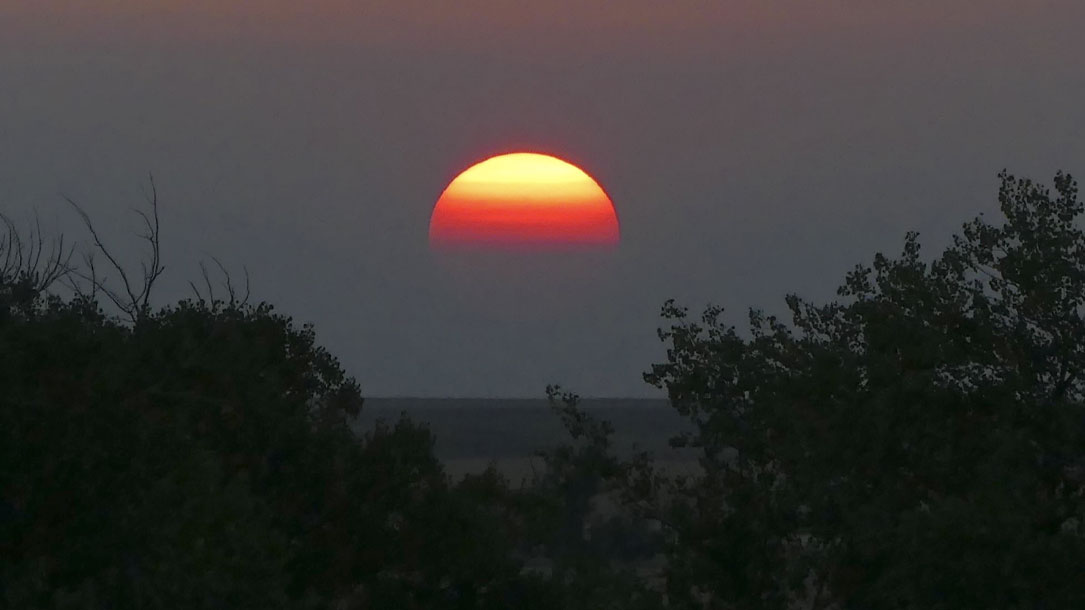
Reflections for land trusts, September 2020
I hope you are doing okay. Given all we are facing, as well as those grappling with extreme weather, it’s been challenging, and my thoughts are with those who have lost loved ones, homes, and animals. Like many of you, I also think about the millions of wildlife who have perished. It almost goes without saying how much I (and I’m sure you, too) appreciate the first responders, neighbors helping neighbors, and the journalists who are reporting on these events.
Indeed, the year 2020 is something many of us are looking forward to forgetting—yet it is also the wake-up call we knew was coming. We’ve known about climate change for over 100 years; we’ve seen the writing on the wall.
I thought you might appreciate this article that examines what’s happening out West; it’s a snapshot of how a changing climate is changing our landscapes, and I quote:
“Most of the truly unprecedented extreme weather disasters we’ve seen in recent summers throughout the Northern Hemisphere—the floods and heatwaves and droughts. Most of them…have been associated with these resonance [wavy jet stream] events,” [Dr. Michael] Mann said. “And they are getting more frequent because of human-caused planetary warming.”
Long associated assumptions of ecosystem regeneration are now having to be re-examined.
Kerry Kemp, a forest ecologist for the Oregon Nature Conservancy, studies forest resiliency, or the ability of forests to come back after wildfire or other major disturbances. For new trees to grow in the forest, living ones must be nearby to act as seed sources. And then once those seeds start growing, they’re more susceptible to drought than established trees. “The resilience of these forests is likely to be lower when there’s a mismatch between the current climate and the climate niche for tree regeneration,” Kemp said. “As the climate changes, a given location may no longer be capable of supporting tree regrowth the way it could when temperatures were lower and weather patterns were different. In some parts of the West, it’s already happening,” she said.
That’s why land trusts are stepping up to the plate—helping people connect the dots and take action.
I find it inspiring and hopeful. These land trusts are leading and taking risks by learning new communication strategies, rethinking what it means to conserve land, and doing so by working with people from all walks of life.
They are demonstrating, as Thomas Merton once said, that:
“You do not need to know precisely what is happening, or exactly where it is all going. What you need is to recognize the possibilities and challenges offered by the present moment, and to embrace them with courage, faith, and hope.”
Land trusts have always been in the business of hope. Now we need to be entrepreneurial in spirit, too. To do so we will need to be creative, empathetic, compassionate, research-based, practical, collaborative, and above all, determined with a resilient spirit.
Thank you for your partnership as we face the reality that conservation work as we knew it 20 years ago is not the same today, nor will it be the same 20 years from now. You are part of a new breed of those who care and who are in the midst of redefining what it means to conserve land and water for generations to come.
No one said this was going to be easy. But check out the examples below of land trusts taking action. There’s much to share and learn.
Best,


Reflections from Judy, September 2020
What a month it has been. I’m hoping this email finds you, your family, and friends healthy—with the support you need to weather the emotional turmoil many of us are facing as this fall (literally) intensifies. I’m thinking of all those grappling with the reality of fires and storms happening now, too.
For me, the last month has been a bit of a challenge to keep going with “work as normal.” I tend to run on compassion, empathy, and the urgency to act while there is still time. Yet all around us, and throughout the country and world, it’s been grim. Among the need to elevate racial justice, the Covid-19 crisis, the acceleration of climate change with its floods, fires, tornados, and hurricanes—and the economic ramifications of all three—things are rough.
But that’s why we do this work, together.
In times likes these, our support for each other and our collective efforts to find the bright spots and solutions to climate change is more important than ever. We are experiencing a time when providing each other space to adapt and respond to the research and situations—while also helping hold each other accountable to the urgency of action—is central to our success as people who care.
To make headway, we’ll need to continue to inspire those around us to see new solutions and ways of thinking to address climate change. That will mean rethinking how natural climate solutions, energy conservation, and renewables can work together to build strong, resilient landscapes, communities, and economies.
It will take integrated thinking and a willingness to face what will happen if we don’t act decisively, now.
The good news is that all over the country, land trusts and people like you see this imperative and are responding in a manner that no longer looks at this challenge in isolation. If we act soon—locally, statewide, and as a nation—natural climate solutions may account for up to 21% of the solution here in the U.S. Renewable energy and energy conservation will need to address the other 79%.
As always, I have selected a variety of articles that you can share with friends, Facebook followers, and organizations you care about. Try selecting one and chatting about it when you are at work, or even on a walk with a friend. Read them all, skim them, or just focus on the topic that is most meaningful to you now. They are available on my website, too.

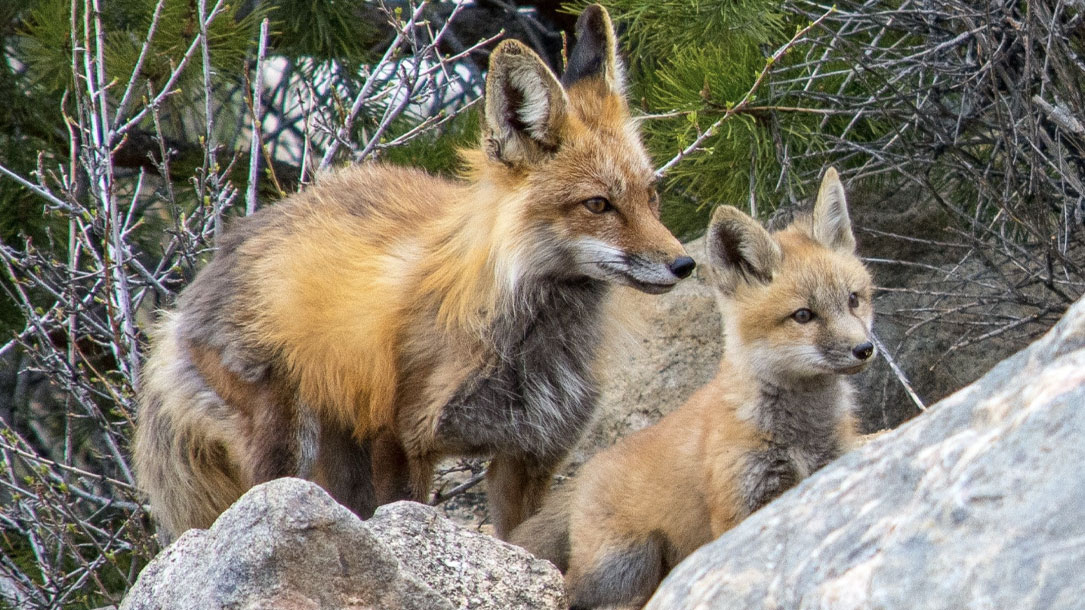
Reflections for land trusts, August 2020
There’s been some encouraging conservation news of late, with bipartisan support for the Great American Outdoors Act. According to The Hill, President Trump is expected to sign the bill which would provide $900 million, annually, in federal oil and gas revenues for the Land and Water Conservation Fund (LWCF), which helps secure land for trails and parks.
This funding is critical to our nation’s parks and conservation lands. The bill provides $1.9 billion annually for five years for national park maintenance. As of 2018, the maintenance backlog consisted of nearly $12 billion worth of deferred repairs; the repairs have been delayed because of other budget priorities.
Yet the irony is that the funding comes from oil and gas at a time when climate change has become the most significant threat to land and water conservation ever. As cited in The Hill article, “Rep. Rob Bishop (R-Utah) this week also expressed concern that funding could dry up at times when there are fewer oil and gas revenues.”
He raises a good point. It will mean conservation groups will need to put the urgency of transitioning to renewables from fossil fuels over the desire and necessity for the funding. This will involve finding other sources of funding, even as the new funding initiative is met with applause.
Being honest with ourselves
Instead of thinking of this a long-term conservation funding stream, we will need to view it as a short-term opportunity to catch up on the conservation work needed as we accelerate efforts to transition off fossil fuels within the next 15-20 years. National Geographic cites a report that suggests this is possible.
Some conservation-minded folks are already raising the issue. There’s a very thoughtful article in High Country News that notes the challenge of this situation:
“To pay the bill’s hefty price tag, Congress is tapping revenue from the fossil fuel industry. Though the new law has been cheered by conservation groups, it fails to address either the modern crisis of climate change or the impacts of the West’s growing recreation and tourism economy on wildlife. In this way, the Outdoors Act exposes the gaps between conservation and climate activism, while providing a grim reminder of the complicated entanglements of energy, economics, climate—and now, a pandemic.”
Natural climate solutions, of which land and water are part, will be important pieces of the solution. But they will not be nearly enough. We have to be honest about that. It would be too easy to mislead our communities and conservation supporters into believing that the pace of climate change work will meet the critical goals without a rapid transition to renewable energy.
Kate Kelly, the director of public lands for the Center for American Progress, who supports the bill, notes, “The funding model needs to be re-examined and reimagined.” Moving forward, addressing climate change and biodiversity loss requires acknowledging that the crises are inextricable. “The climate and conservation communities haven’t always coordinated, and that needs to change,” Kelly says. “They’re two sides of the same coin.”
Yes, climate change and conservation are intertwined and complicated. Yes, we will have to make sure we keep the end goals in sight and do the work that needs to happen—before the lands and waters we are working to conserve are lost to the ravages of climate change. That’s why your leadership will be needed, more than ever.
Best,

Judy Anderson
Community Consultants
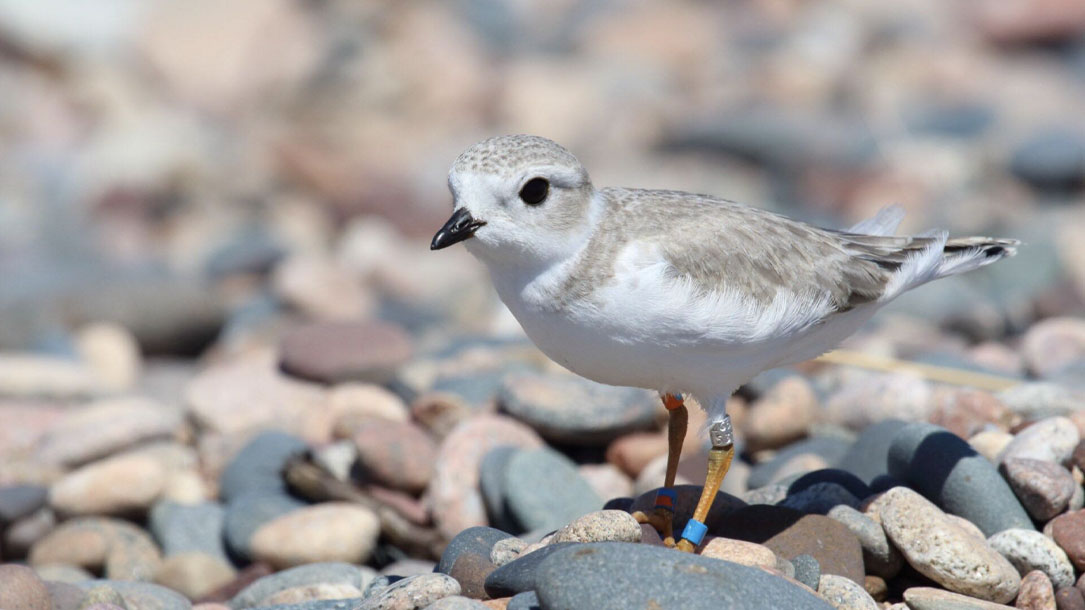
Reflections from Judy, July 2020
It’s hard to focus on climate change with Covid-19, the need for greater racial justice, and economic challenges. Yet, focus on it we must—as people actually want us to keep working to slow it down.
That’s why this newsletter is designed for you to skim.
As tough as it is out there, there is good news: land trusts, conservation groups, local governments, and people throughout the country are realizing they need to be part of the solution to address climate change.
Increasing numbers of Americans want greater action on climate change. (See the interactive Yale Climate Opinion Maps where you can assess how the people in your county(s) feel about climate change.)
If you are interested in conservative messaging and perspectives around climate change, you might like the podcasts by republicEn.org.
For a good example of how conservation groups can think holistically, check out Maine Audubon’s ongoing webinar series on climate change, including energy, community, and policy responses.
They note that “climate change is the most significant threat to Maine’s wildlife and habitat. Impacts to wildlife and habitat due to climate change under a ‘business as usual’ scenario—in which Mainers continue at the same levels of consumption and emission of fossil fuels—are particularly severe.”
That’s true all over the country.
So they are doing something about it. We can all take heart and inspiration.













